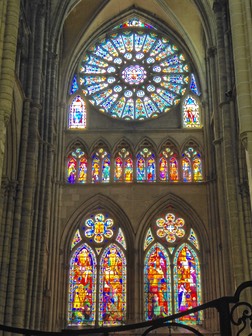
Stocked up with water and food we left Châlon, but not before checking out the rosetta window of St. Étienne Cathedral.
While waiting for very slow commercial barges to go through the locks and for the locks to refill our only entertainment were the bleating of sheep and mooing of cows, which Austin insists sounded like “la baaah” and “le mooy”! It took us a day and a half to get to the junction of the canal Latéral á la Marne and our last big leg, the canal de la Marne au Rhin. 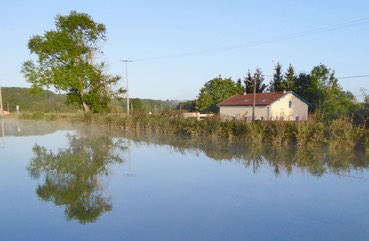
From now there are “only” 70 locks to climb to the summit and about 15 locks down again to Toul where we expect a “Red Carpet Welcome”, or at least a white and red tape put out by our harbourmaster reserving our winter mooring.
The locks on this canal are quite violent. Water gushes in fast and fills most locks to the brim. We had to hang firmly onto our ropes and adjust fenders up and down to protect our sloping sides.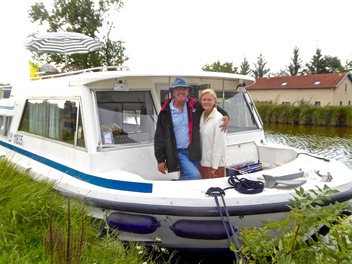
What made the journey a lot more fun was that from our first stop in Pargny-sur-Saulx we were accompanied by Aussies, Diana and Ross from WA.
With 32 locks down and 38 to go, we arrived at the town Bar-le-Duc.
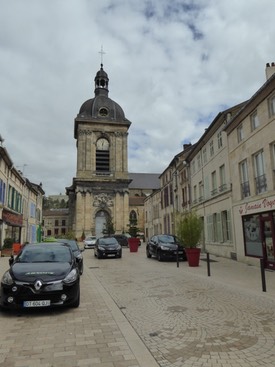
As the name suggests the town used to be a duchy under colourful names like “Duke Robert the Magnificent" and “Antoine the Good”. The oldest part, built in 13th century around a fortress, is the so called “Haute Ville”, the high town, whose steep lanes are separated from the lower town by the Ornain River. 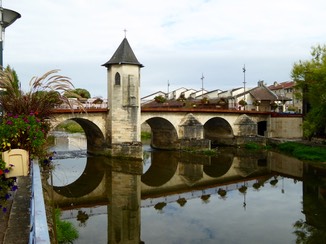 The streets are graced by renaissance facades and some very old cottages. Above all stands the castle of the Dukes of Bar and the old clock tower. The castle is now a museum and houses some amazing paintings and sculptures.
The streets are graced by renaissance facades and some very old cottages. Above all stands the castle of the Dukes of Bar and the old clock tower. The castle is now a museum and houses some amazing paintings and sculptures.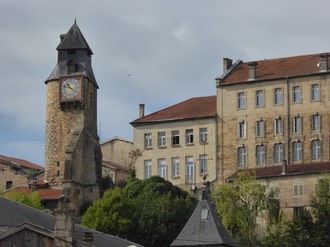
A little macabre, but quite famous is the sculpture, “Le Transi”, by Ligier Richier in the Église St. Étienne. This skeleton sculpture was commissioned by the widow of the Prince of Orange. She wanted to have a statue of her late husband as he would be 3 years after his death and, apparently, heart in hand. You wonder whether this could have been of help in the grieving process?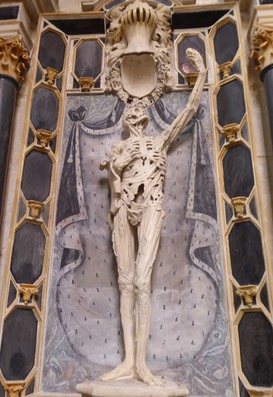
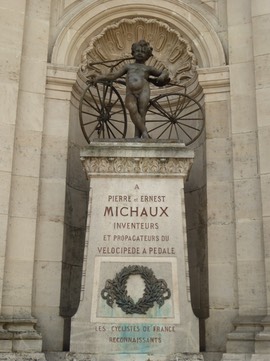
Another little statue in the lower part of town was more pleasant to look at.
It was part of a monument honouring locals, Pierre and Ernest Michaux, the inventors of the “velocipede” from which the modern bicycle and moped were developed.
Very enjoyable was also our Sunday lunch with Diana and Ross at a restaurant in the “Haute Ville”. Although the food was quite ordinary, the relaxed atmosphere and nice company made up for it.